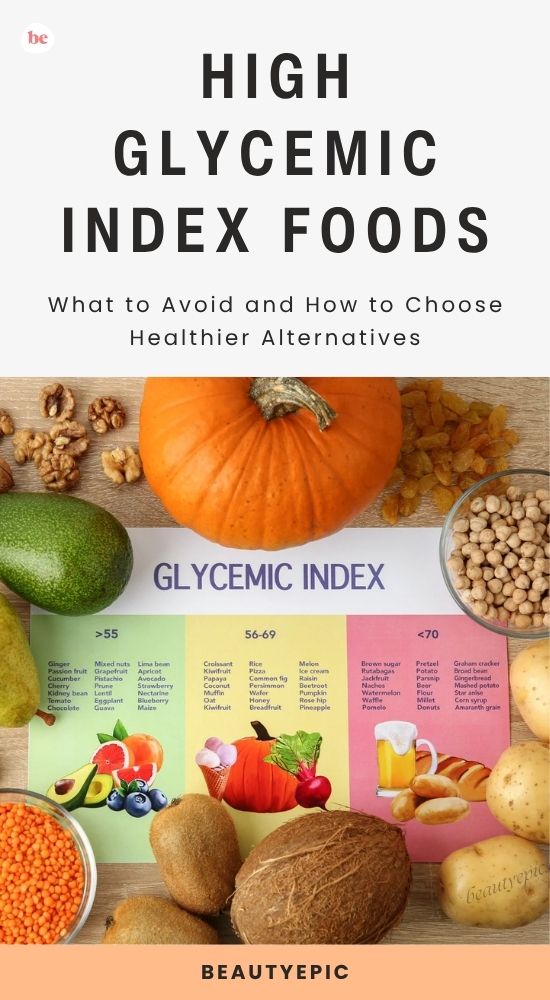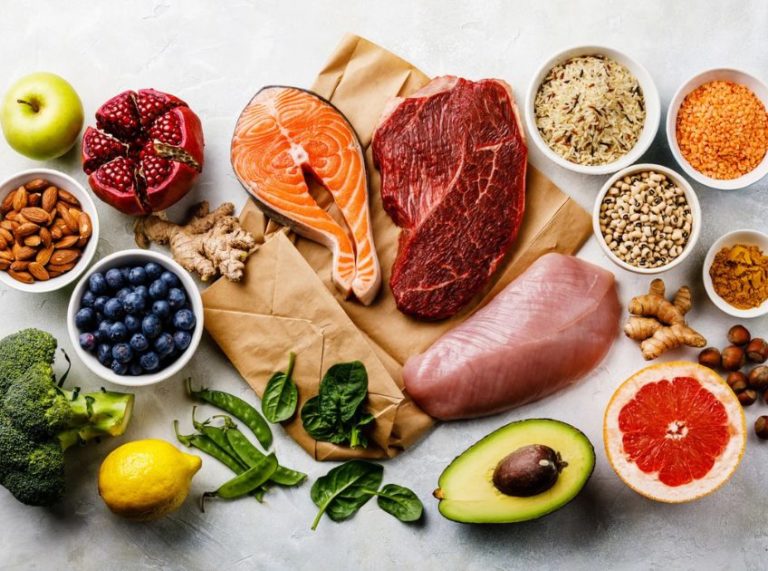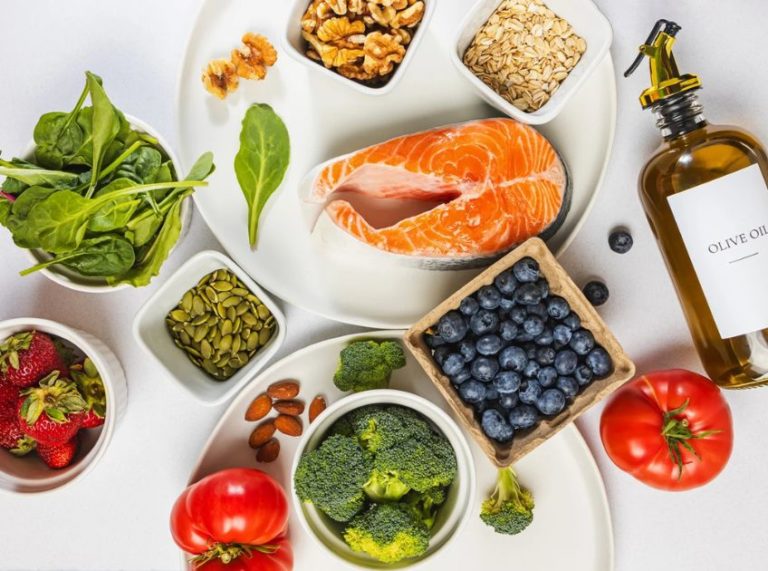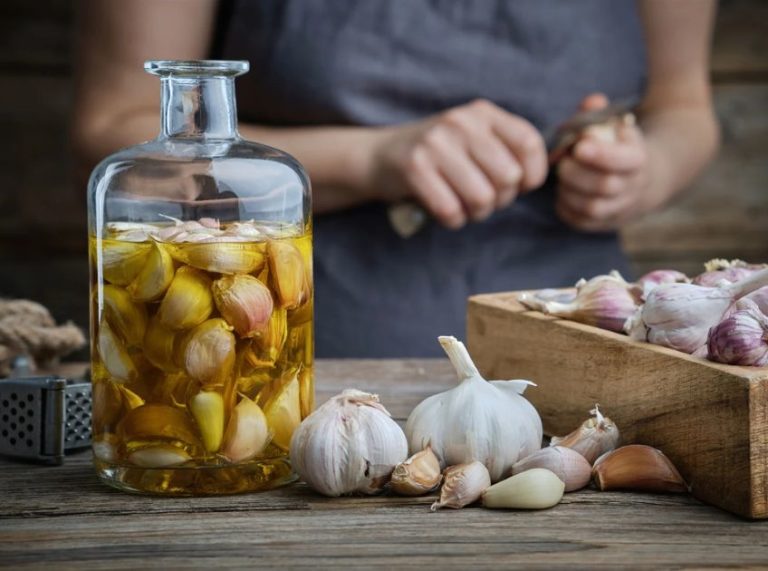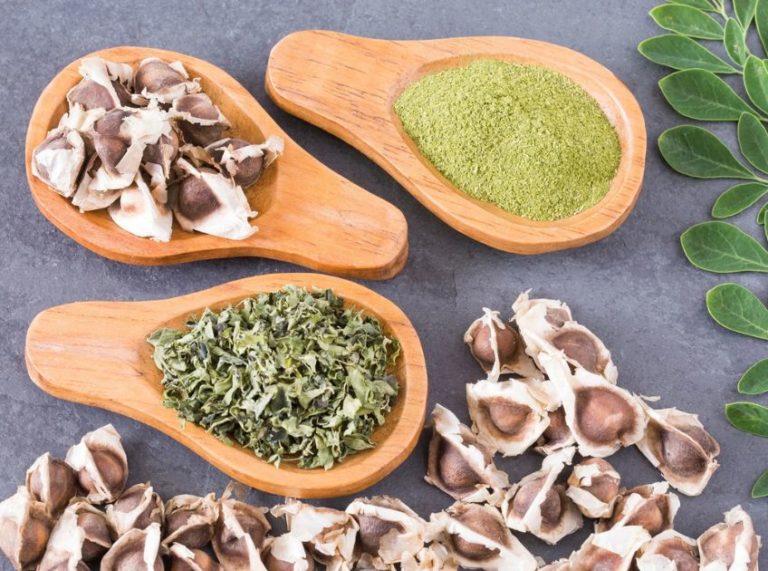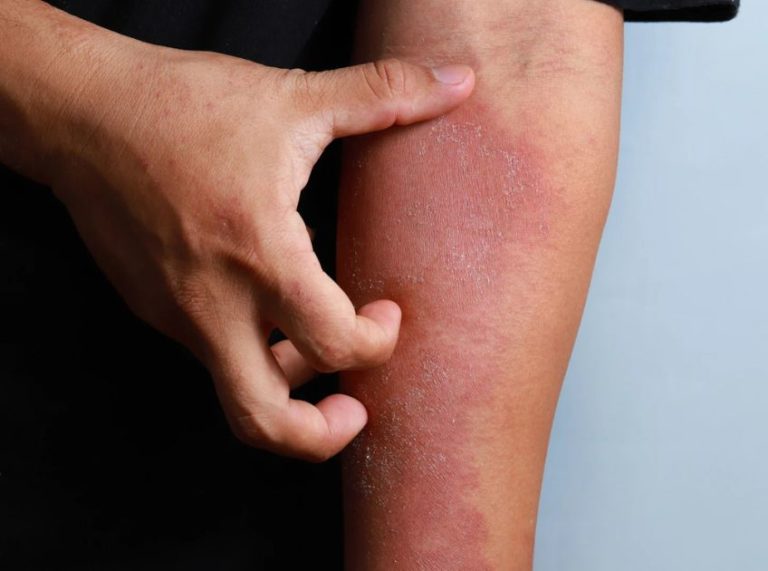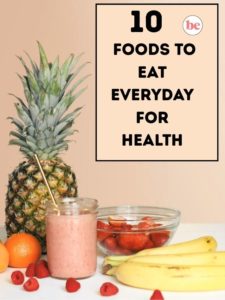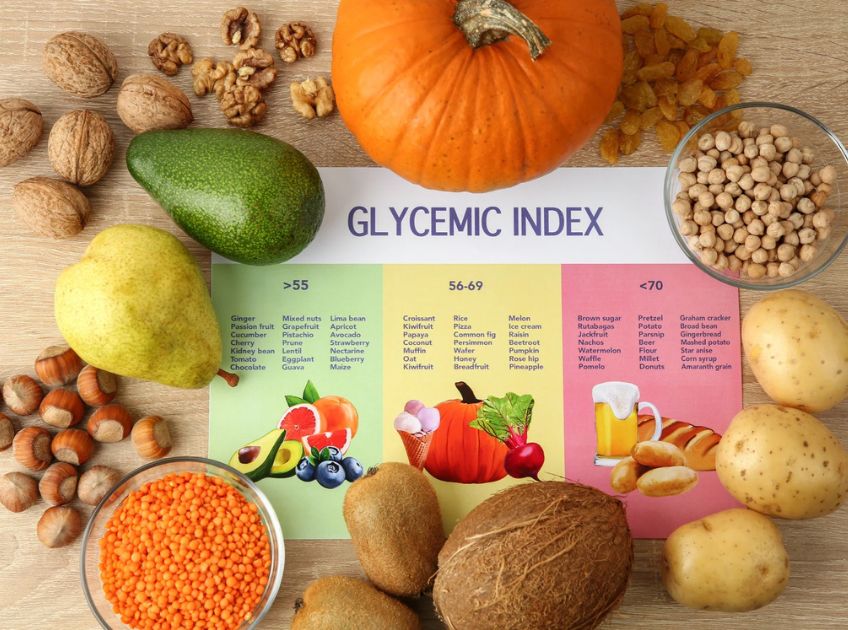
Important: This article is for informational purposes only. Please read our full disclaimer for more details.
Blood sugar control plays a crucial role in maintaining overall health, energy levels, and metabolic balance. One of the most effective ways to manage this is by understanding the glycemic index (GI) — a system that ranks carbohydrate-containing foods based on how quickly they raise your blood glucose levels.
High glycemic index foods cause a rapid spike in blood sugar, often followed by a sudden drop, leaving you feeling fatigued, hungry, and craving more sugar. Over time, consistently consuming high-GI foods can lead to weight gain, insulin resistance, and an increased risk of type 2 diabetes.
In this article, we’ll explore what high-GI foods are, why they matter, and how you can make smarter food choices for better health.
What Are High-Glycemic-Index Foods?
The glycemic index (GI) measures how quickly a carbohydrate-containing food raises blood sugar compared to pure glucose, which has a GI score of 100.
| GI Range | Category | Effect on Blood Sugar |
|---|---|---|
| 55 or less | Low GI | Gradual rise in blood sugar |
| 56–69 | Medium GI | Moderate rise |
| 70 or more | High GI | Rapid spike followed by a crash |
High-GI foods are typically refined, processed, or low in fiber, which allows your body to break them down quickly. Examples include white bread, sugary snacks, sweetened drinks, and processed cereals (1)(2).
What Influences a Food’s Glycemic Index?
Not all carbohydrates are created equal. Several factors affect how quickly your body digests and absorbs glucose:
- Fiber content → Foods high in soluble fiber, like oats and lentils, slow down glucose release.
- Processing level → Refined foods have a higher GI than whole, minimally processed options.
- Cooking methods → Overcooked pasta or rice tends to have a higher GI.
- Food ripeness → Ripe fruits, like bananas, have a higher GI compared to their less ripe versions.
- Fat and protein content → Pairing carbs with healthy fats or proteins lowers the overall GI of a meal.
High GI Foods to Limit or Avoid
Consistently eating high-GI foods can lead to energy crashes, overeating, and long-term health problems. Here are some common high-GI foods:
1. Refined Grains and Processed Foods
- White bread, white rice, and instant noodles
- Packaged breakfast cereals and crackers
- Pastries, muffins, and pizza crust
2. Sugary Snacks and Beverages
- Candy bars, cookies, and cakes
- Sweetened sodas, energy drinks, and fruit juices
- Ice cream and milkshakes
3. Starchy Vegetables
- Potatoes (especially mashed or baked)
- Corn and parsnips
4. Certain Fruits
- Watermelon, overripe bananas, and pineapples
- While nutritious, they should be eaten in moderation when managing blood sugar
Why You Should Switch to a Low-GI Diet
Replacing high-GI foods with low-GI alternatives can offer significant health benefits. Research published in the American Journal of Clinical Nutrition (3) shows that a low-GI diet:
- Stabilizes blood sugar and reduces insulin spikes
- Promotes weight management by keeping you fuller for longer
- Supports heart health by lowering LDL cholesterol and triglycerides
- Reduces the risk of type 2 diabetes and metabolic syndrome
Low GI Meal Ideas to Try
Here’s a sample one-day low-GI meal plan to help you make healthier swaps:
| Meal | Low GI Option | Why It Works |
|---|---|---|
| Breakfast | Steel-cut oats topped with berries and almonds | High in fiber, slows glucose absorption |
| Lunch | Quinoa salad with chickpeas, spinach, and olive oil | Packed with protein and healthy fats |
| Snack | Apple slices with almond butter | Low GI fruit paired with healthy fats |
| Dinner | Grilled salmon, steamed broccoli, and lentils | Balanced protein, fiber, and low-GI carbs |
Potential Drawbacks of a Low-GI Diet
While a low-GI approach offers many benefits, it’s not without limitations:
- Over-restriction risk → Some high-GI foods like watermelon are still nutrient-rich and can be enjoyed in moderation.
- Complexity → Constantly tracking GI values can feel overwhelming.
- Individual variation → Blood sugar responses may vary based on metabolism, activity levels, and health conditions.
Consulting a registered dietitian can help you personalize your approach without unnecessary restrictions.
Scientific Support for Avoiding High GI Foods
Multiple studies support the health benefits of avoiding high-GI foods:
- A 2021 meta-analysis in Diabetes Care found that low-GI diets improve long-term glycemic control (4).
- Research from the University of Sydney’s Glycemic Index Database highlights that people who regularly consume low-GI foods have a lower risk of type 2 diabetes (5).
- The American Diabetes Association also recommends limiting high-GI foods for better blood sugar management (6).
Frequently Asked Questions (FAQ’S)
1. Are all high-GI foods unhealthy?
A. Not necessarily. Some high-GI foods, like watermelon and pineapple, are nutritious and can be enjoyed in moderation alongside fiber, protein, or healthy fats to balance their impact.
2. Can avoiding high-GI foods help with weight loss?
A. Yes. High-GI foods cause spikes and crashes in blood sugar, leading to increased hunger and overeating. Switching to low-GI foods promotes satiety and supports weight management.
3. Do athletes benefit from high-GI foods?
A. Yes, but strategically. High-GI foods can be helpful before or after intense workouts to quickly restore energy, but they aren’t ideal for daily consumption.
Avoiding high glycemic index foods isn’t about strict dieting — it’s about making smarter, balanced choices. By limiting refined carbs and sugary snacks while embracing fiber-rich, low-GI alternatives, you can stabilize blood sugar, maintain energy levels, and support long-term health.
